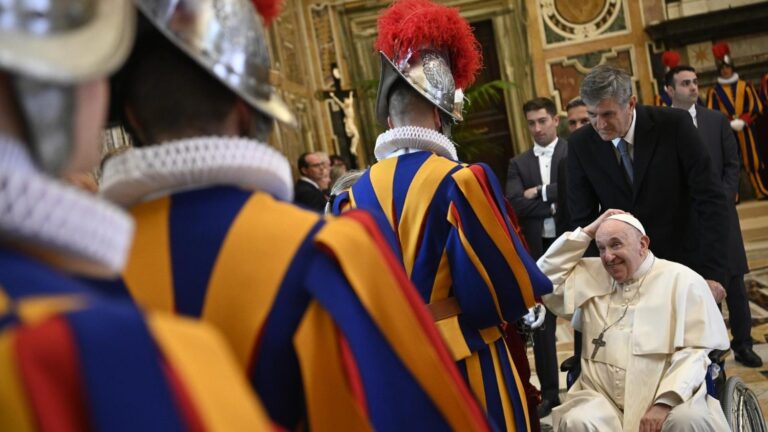The Papal Swiss Guards are one of the oldest and most iconic military units in the world, serving as the official bodyguards of the Pope in Vatican City. Dressed in their striking blue, red, and yellow Renaissance-style uniforms, these highly trained soldiers are responsible for protecting the Pope and the Apostolic Palace.
Their presence at Vatican events and ceremonies has made them a symbol of tradition, loyalty, and service.
Founded in 1506 by Pope Julius II, the Swiss Guards have a long history of bravery and dedication. They are recruited exclusively from Switzerland and must meet strict requirements, including being Catholic, unmarried, and between the ages of 19 and 30.
Despite their historical appearance, they are well-trained in modern security measures, ensuring the safety of the Pope and visitors to the Vatican.
A History Dating Back Over 500 Years
The Papal Swiss Guards have a history as rich and colorful as their uniforms. For over five centuries, they have stood as the official protectors of the Pope and Vatican City, displaying unwavering loyalty and courage.
But how did this elite military force come into existence, and why have they remained one of the most respected military units in the world?
The Birth of the Swiss Guards (1506)
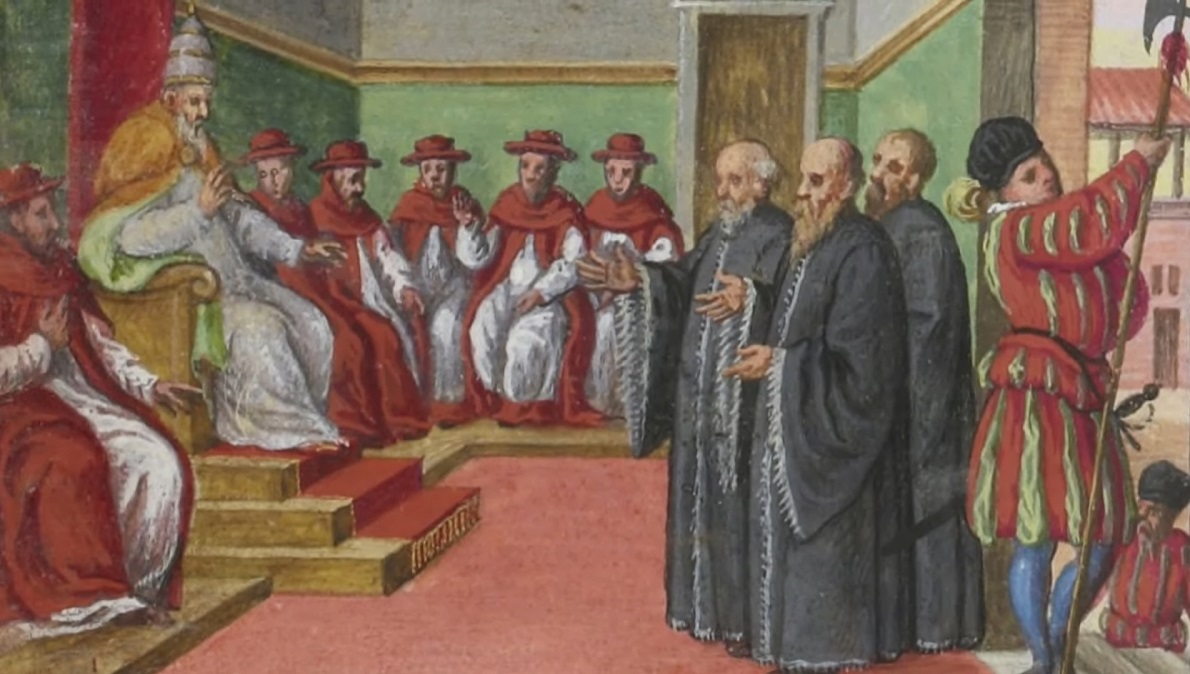
The origins of the Swiss Guards date back to the early 16th century, during the papacy of Pope Julius II.
At that time, Italy was a fragmented collection of city-states, constantly at war, making security a top priority for the Pope. Recognizing the discipline, bravery, and loyalty of Swiss mercenaries, Julius II invited 150 Swiss soldiers to Rome to serve as his personal guards.
On January 22, 1506, these soldiers entered Vatican City, marking the official founding of the Papal Swiss Guards.
The Sack of Rome (1527): Their Greatest Test
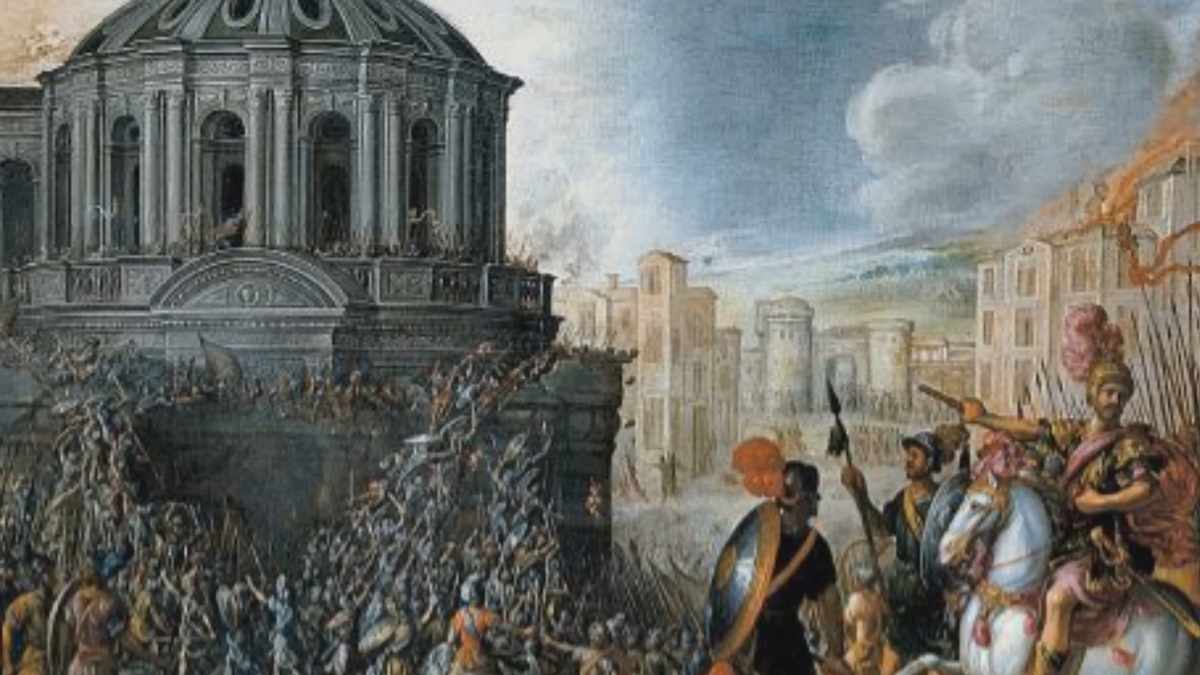
One of the most defining moments in Swiss Guard history came during the Sack of Rome in 1527, when the army of Emperor Charles V attacked the city.
Facing overwhelming numbers, the 189 Swiss Guards stationed at the Vatican fought to the last man to protect Pope Clement VII, allowing him to escape to the Castel Sant’Angelo through a secret passage.
Only 42 Guards survived that day, but their sacrifice solidified their reputation as elite warriors and defenders of the Pope.
The Evolution of Their Role Over Centuries
Over time, the Swiss Guards transformed from a battlefield force into an elite security and ceremonial unit. They adapted to new threats, including assassination attempts on the Pope, terrorism, and modern security challenges.
While their primary mission remains the protection of the Pope, they also handle crowd control, security at major events, and even intelligence work.
Moments of Heroism: When the Swiss Guards Risked Their Lives
The Swiss Guards may be known for their striking uniforms and disciplined presence, but history has proven that they are much more than ceremonial soldiers.
Over the years, they have defended Popes, Vatican City, and Catholic tradition, often at great personal risk.
The Heroic Stand During the Sack of Rome (1527)
Perhaps the most legendary moment in Swiss Guard history, the Sack of Rome was an event that tested the loyalty of these soldiers.
As Charles V’s troops stormed Rome, the 189 Swiss Guards fought fiercely, holding off the invaders long enough for Pope Clement VII to escape.
Their sacrifice in St. Peter’s Basilica is still honored today with an annual remembrance ceremony.
Defending Pope John Paul II (1981 Assassination Attempt)
On May 13, 1981, a Turkish extremist, Mehmet Ali Ağca, attempted to assassinate Pope John Paul II in St. Peter’s Square. The Swiss Guards, alongside Vatican security, immediately intervened.
Though the Pope was shot, the rapid response of the Swiss Guards and Vatican security team ensured that medical help arrived quickly, saving his life.
Terror Threats and Modern Security Challenges
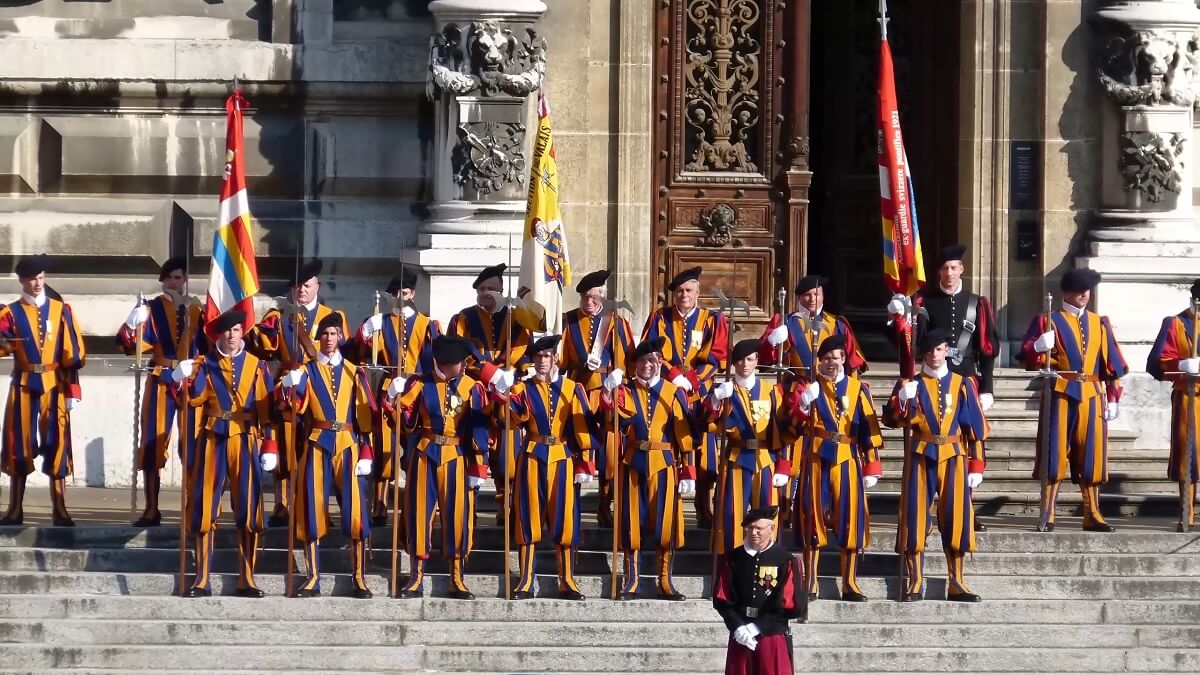
In today’s world, security threats have evolved beyond physical attacks. The Swiss Guards train in counter-terrorism tactics, intelligence gathering, and crowd security. Their presence is vital at large gatherings, such as Christmas and Easter Masses, where hundreds of thousands of visitors flood St. Peter’s Square.
Despite these dangers, the Swiss Guards continue to serve with unwavering bravery, embodying their centuries-old motto:
“Acriter et Fideliter” (With Courage and Faithfulness).
How the Swiss Guards Stay Ready Today
The world has changed dramatically since the Swiss Guards were first established in 1506, and so have their training, tactics, and responsibilities. While they maintain their historic traditions, they are also a modern military force, capable of handling 21st-century security challenges.
Training and Modern Combat Readiness
Every Swiss Guard undergoes intensive military training before being admitted to the Vatican’s security forces. Training includes:
- Hand-to-hand combat (Krav Maga and defensive techniques)
- Firearms training (modern pistols, rifles, and crowd control weapons)
- Security detail training (protecting the Pope in public events)
- Crisis management (terrorist threats, bomb threats, and emergency response)
Daily Duties
A day in the life of a Swiss Guard includes:
- Standing watch at Vatican entrances
- Escorting the Pope during public appearances
- Monitoring security cameras and Vatican security networks
- Conducting emergency drills
How to Become a Part of the Swiss Guard
Becoming a Swiss Guard is not just about wearing a historic uniform—it is a serious commitment that requires strict qualifications.
Basic Requirements
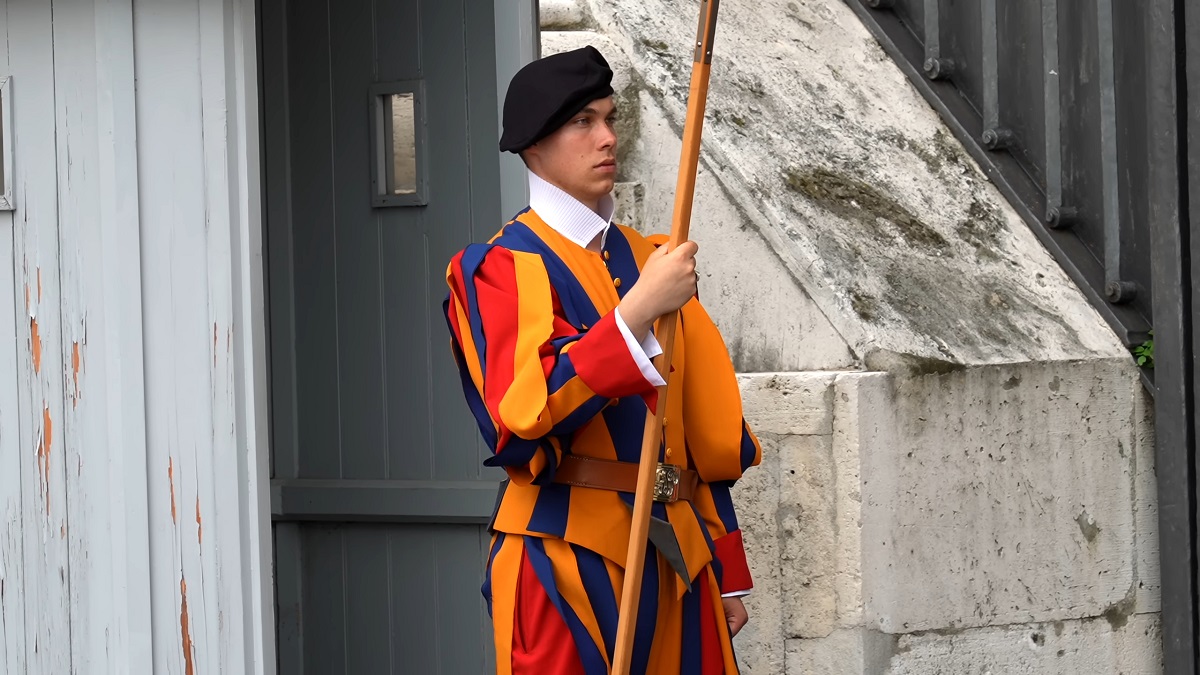
To be eligible, a candidate must:
✅ Be a Swiss citizen
✅ Be Catholic and practicing their faith
✅ Be between 19 and 30 years old
✅ Be at least 5 feet 8 inches (174 cm) tall
✅ Have completed Swiss military training
✅ Be single (not married) at the time of joining
The Application Process
After applying, recruits undergo interviews and background checks. If accepted, they move to Vatican City for a six-month training period, after which they take an oath of loyalty to the Pope.
Swearing-In Ceremony: A Powerful Tradition
Every May 6, new recruits swear their allegiance in a grand ceremony. This date honors the 1527 Swiss Guards who died protecting Pope Clement VII during the Sack of Rome.
Interesting Facts You Didn’t Know About the Swiss Guards
The Swiss Guards are full of surprises! Here are some fascinating facts about them:
1. Their Uniforms Were NOT Designed by Michelangelo
A common myth is that the famous artist Michelangelo designed their brightly colored uniforms. In reality, their current design was created in 1914 by Jules Repond.
2. They Have a Secret Passageway for the Pope
The Passetto di Borgo, an ancient corridor, was used in 1527 to help Pope Clement VII escape during the Sack of Rome. It is still maintained today!
3. They Have One of the Smallest Military Forces in the World
With about 135 soldiers, they are the smallest army in the world, yet one of the most elite and respected.
4. They Get Special Training from the Swiss Army
All recruits must complete Swiss military service before joining, making them highly trained before they even arrive in Vatican City.
5. They Are Trained to Take a Bullet for the Pope
Their primary mission is to protect the Pope at all costs, including taking a bullet for him if necessary.
The Bottom Line
The Swiss Guards are a force like no other. They are warriors, protectors, and living symbols of unwavering loyalty and discipline. For over 500 years, they have stood at the Vatican’s gates, not as relics of the past but as elite defenders of the Pope and the Catholic Church.
They have faced swords, guns, assassins, and modern security threats—and they are still here. They train in hand-to-hand combat, firearms, and intelligence gathering. They stand watch over one of the most powerful religious figures in the world, knowing that if danger strikes, they are the last line of defense.
The Sack of Rome in 1527 proved their courage when they held the line to their last breath. Today, they stand just as ready, dressed in Renaissance colors but armed with modern weapons and tactical training. They are not just men in uniforms. They are the Vatican’s shield, the Pope’s protectors, and a force of absolute commitment to duty.

